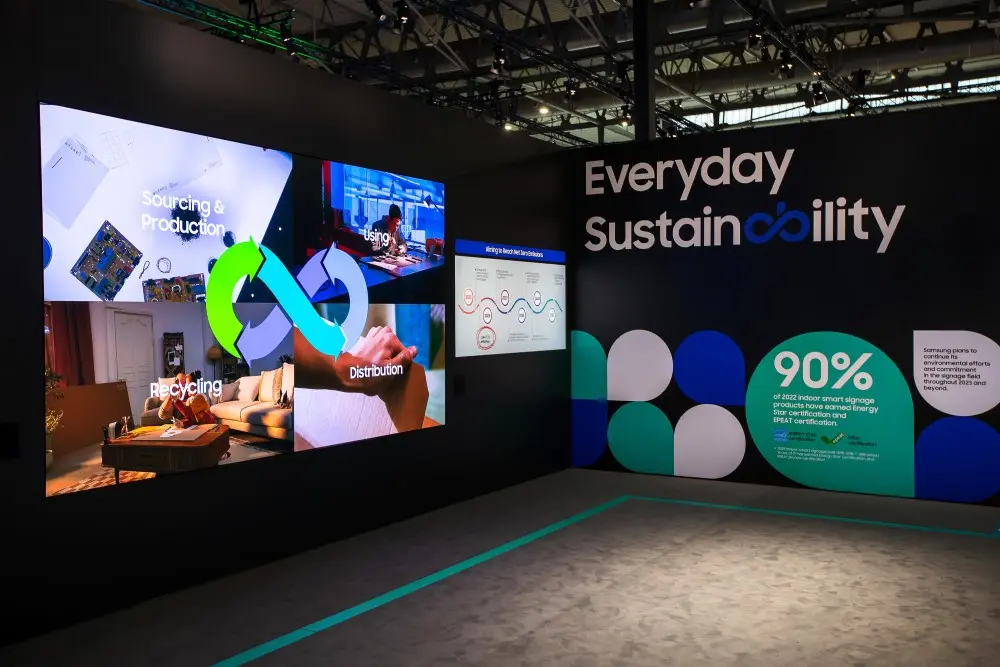Penny is a German discount supermarket chain with over 2,200 stores in Germany, Hungary, Italy, and Romania. The company is known for its low prices and wide selection of products. In recent years, Penny has been investing in digital signage as a way to boost sales and improve the customer experience. Penny’s use of digital signage has been very successful. The company has seen a significant increase in sales since it began using digital signage. In addition, customers have responded positively to the use of digital signage. They appreciate the convenience of being able to see product promotions and coupons while they are shopping.

In an eye-opening experiment, Penny is incorporating environmental pollution costs into the prices of nine products to stimulate conversation around sustainability and the real cost to its customers of the products they buy. This has spurred Germany digital signage publication, invidis, to collaborate with the French Digital Signage Association in delving into the genuine environmental expenses associated with digital signage products, from production to recycling.
The materials used to manufacture a 55-inch display can have a significant environmental impact. For example, the mining of glass and plastics can release pollutants into the air and water. The production of metals, such as lead and cadmium, can also be harmful to the environment. The energy used to manufacture, transport, and dispose of a 55-inch display can also have a significant environmental impact. The manufacturing process itself can be very energy-intensive, and the transportation of displays can also consume a lot of energy. The disposal of displays can also be problematic, as they often contain hazardous materials that can pollute the environment.
Many of the countries where displays are manufactured do not have green energy policies for the production of these displays, certainly not at the levels of Europe, for example. So, the emissions produced during the manufacturing process can also have a significant environmental impact. These emissions can include greenhouse gases, such as carbon dioxide, as well as pollutants, such as sulfur dioxide and nitrogen oxides. These emissions can contribute to climate change and air pollution.
The waste produced by a 55-inch display after it is discarded can also have a significant environmental impact. This waste can include the display itself, as well as the packaging and accessories that come with it. The disposal of this waste can contribute to landfill pollution and the release of hazardous materials into the environment. Green Signage’s ideal practice involves exclusive reliance on renewable energy for 5-6 years, with end-of-life hardware recycling. Currently, recycling and rollback costs match the material value of the display.
So, our hypothetical 55-inch display’s true environmental costs, considering climate, water, and health factors, could add several hundred dollars to the actual price, nearly doubling the price for entry-level digital signage displays, much like Penny’s Lindenhof Maasdamer cheese, which got an adjusted cost of 4.84 euros, compared to the standard 2.49 euros that it actually sells for.

